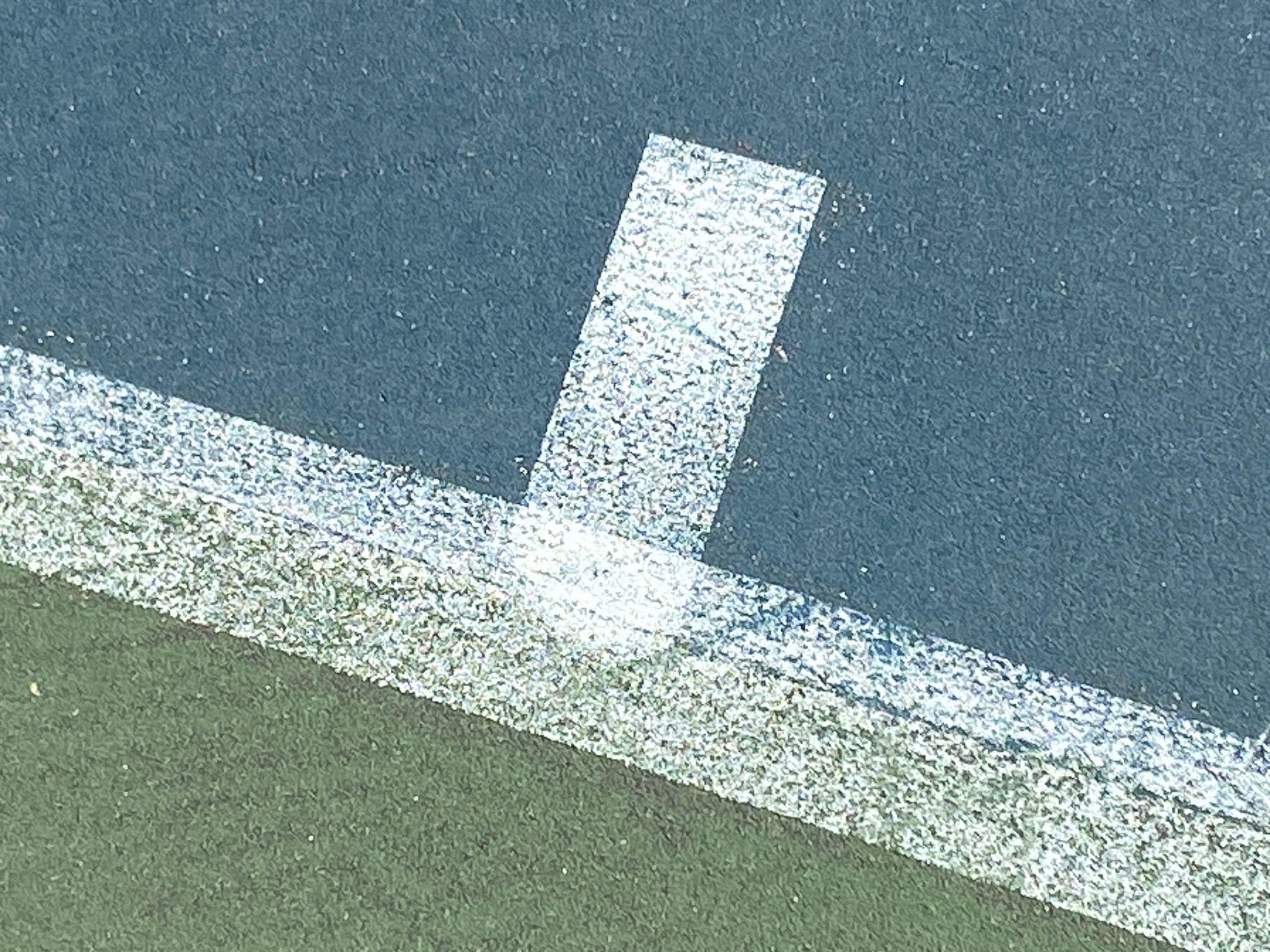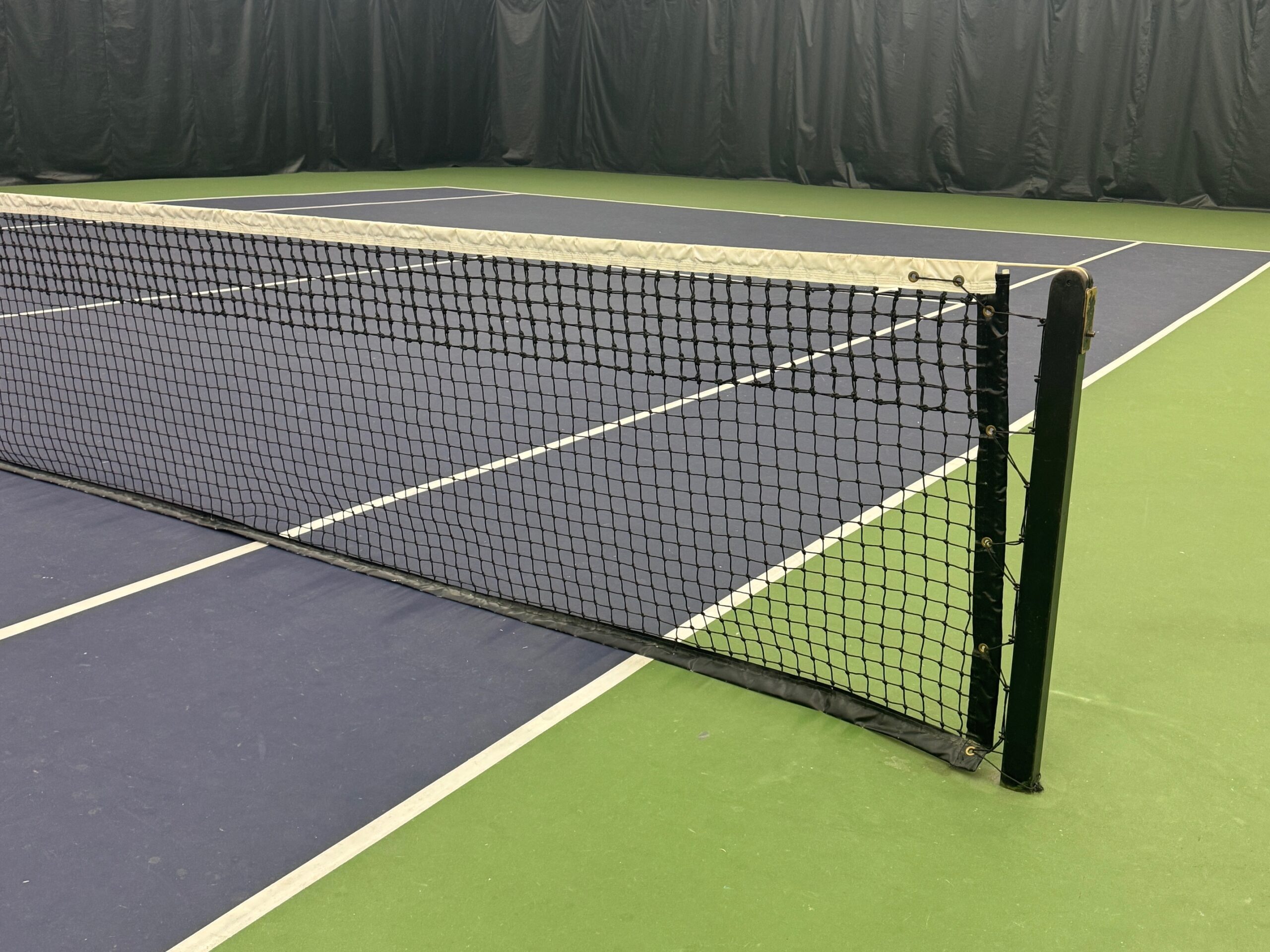Tennis Technology and Training
The “Cone Game” is one of my favorite tennis practice drills. In fact I carry a set of orange cones in my portable ball hopper at all times. Whenever a week passes when I don’t engage in this drill, I detect a perceptible drop in consistency during match play. The cone game may be the most essential drill that I perform on a regular basis.
In a somewhat related tangent, my organization at work recently deployed a new team personality assessment so we can better understand how to work effectively together. My competitive nature was… let’s say… strongly expressed in my results. Competition is in the very fiber of my being. That fact is relevant to those cones. Bear with me.
Training cones are commonly used in drills for tennis. Positioning a cone on the court is a standard practice technique. The ability to hit to a target is an essential skill in tennis. Cones are a great way to learn where those targets should be. All that is fine, but my competitive nature dictates that cones are most effective when used in a game.
The cone game is simple. Players on opposite ends of the court place a cone in an agreed to target area. The first player that hits their target cone first wins. Multiple iterations of the game can be played by moving the cones around to the player’s normal target areas. I try to play crosscourt rallies on both sides as well as up the middle in each practice session when the cones are used.
There are a lot of variants on this drill. I like placing two cones in the target area. The winner in that case is the first to knock down both cones. Alternatively it can still be the player to knock down one for a shorter format. Another variant is to count points won and lost per the rules of tennis. I am less enthusiastic about that version because I think it prevents the players from hitting the state of flow that can be achieved during cooperative cooperative rally play.
There are some minor ancillary rules to the cone game. First, hitting the cone directly off the drop feed is disallowed. Additionally the ball has to hit the cone on the fly or by close proximity to the first bounce. If the ball was so short that it bounced twice before contacting the cone, it was obviously way too far off target to be counted.
The cone game is a great development tool because it gets the players into an zen-like focus that is still layered with the pressure of competition. The cones are enough of a distraction that the game also hones the discipline to watch the ball. In that regard, each player needs to focus on racquet prep even when it appears that the incoming ball might strike the cone.
The cone game is terrific in situations where there might be a disparity between the level of control between the participants. When I play the cone game with the Fiend at Court spousal unit, the majority of the balls I hit land in a tight circular pattern around my target cone. However, hitting the cone is elusive.
Meanwhile, the Fiend at Court spousal unit scatters balls all over the court, the adjacent court, the fence… in a pattern so random and wide that at times I stop the game to inquire if he is actually aiming at the target. Consequently, I wind up running all over the court, adjacent court, and up into the bleachers to sustain the cooperative rally. Meanwhile the Fiend at Court spousal unit plays all his balls from a semi-stationary position next to my target cone.
And then… on that rare occasion when his ball comes anywhere near the proximity of the cone… IT KNOCKS IT OVER. Every… damn… time… He wins this game at a disproportionately high percentage. It’s maddening.
When selecting cones, optic orange is a great color. One of my buddies has cones that are optic yellow which makes it hard to pick up the ball when the line of trajectory intersects with a cone. It is pretty windy where I am in Texas, and solid cones sometimes slide around during gusts. In this part of the country cones with openings to let the breeze pass through are recommended.
If you don’t regularly use cone drills and games in your training, you should. Just… maybe find a practice partner for the game other than the Fiend at Court spousal unit.
Fiend At Court participates in the amazon associates program and receives a paid commission on any purchases made via the links in this article. Additional details on the disposition of proceeds from this source are available in the “About Fiend at Court” page.




